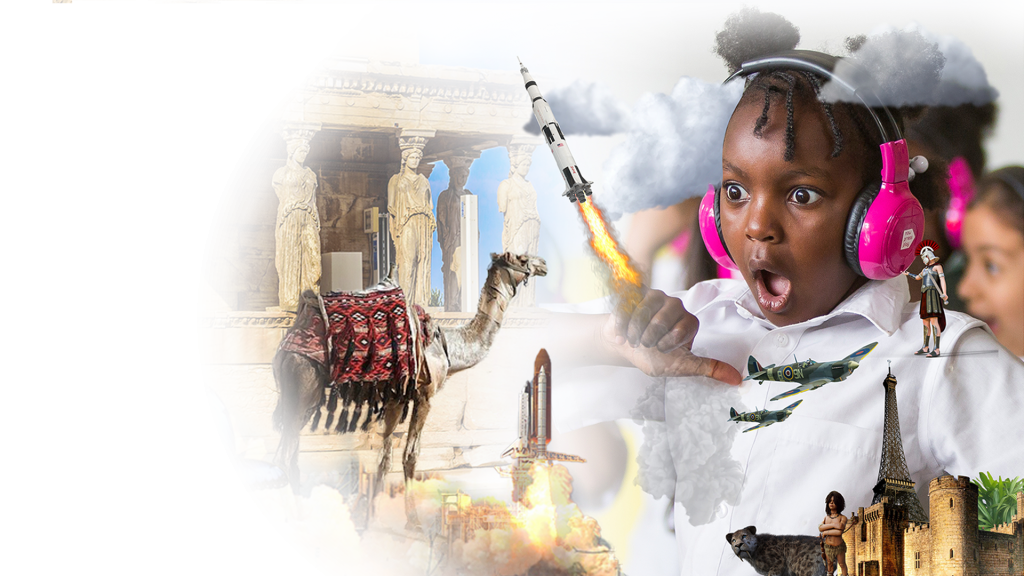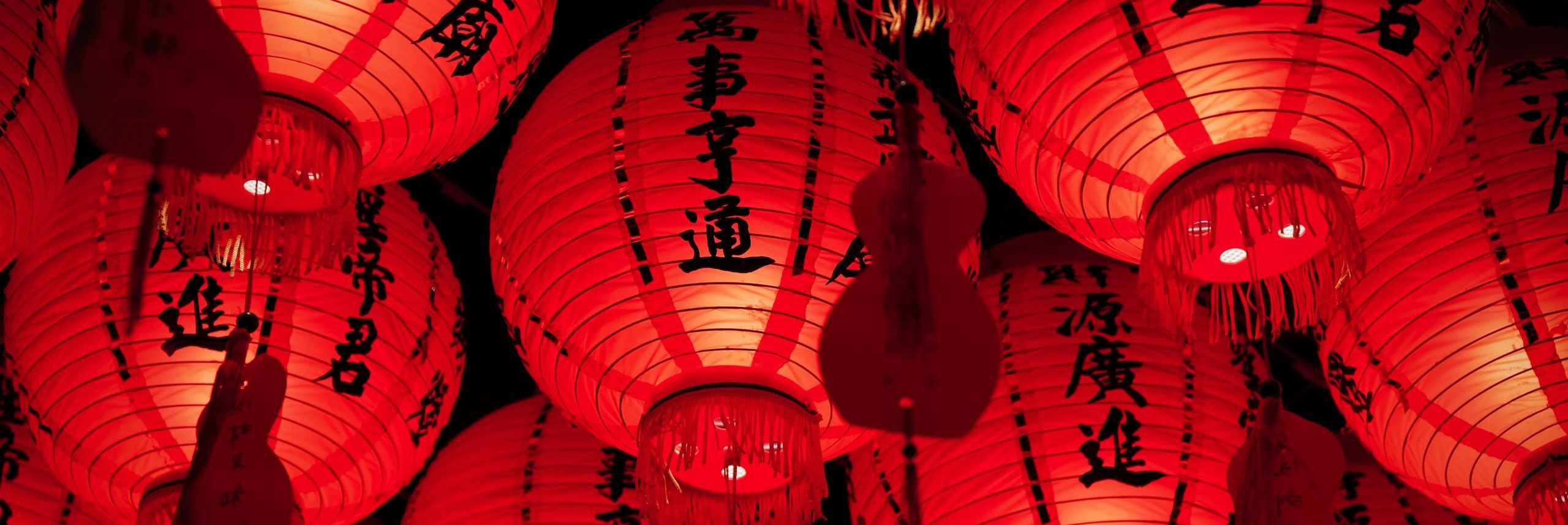
Chinese New Year, also known as Lunar New Year, is the most important festival in China’s calendar, taking place this year on 10th February. While it’s a week-long public holiday in China, here in Britain you’re unlikely to get any time off. Luckily, there are a wide array of teaching resources and ideas you can use to mark Chinese New Year with your KS2 class. Below are six ways to explore Chinese New Year in your school.
1. Experience the history of China’s Shang Dynasty
Some people believe that the tradition of Chinese New Year originated in the Shang Dynasty around 3500 years ago. Wake Forest University have a great article you can use to explain the origins and history of the celebration. Or, why not bring this history to life?
With now>press>play’s brand-new Shang Dynasty Experience, you can transport your class back in time to witness the ancient civilisation first-hand.
In this immersive audio-based story, children will:
- Experience life in Ancient China
From farms to battlefields, markets to banquets, pupils can explore what life was like under Shang rule. - Discover remarkable technology and art from the Shang Dynasty
Children will come across many important inventions from the time, such as writing, bronze work, jade jewellery and silk weaving. - Witness military power and religious practices
Through their encounters with General Fu Hao and her high priest, children will learn about the military rule and religious traditions of the Shang, including oracle bones, human sacrifice and the god Shangdi.
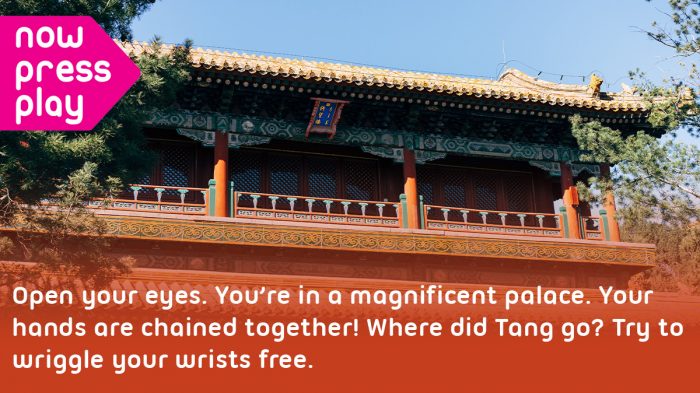
2. Read, write and perform Chinese New Year legends
As you might expect from an ancient festival, there are plenty of myths and traditions associated with Chinese New Year.
Why not retell the story of the monster Nian using this handy narrative from Topmarks? This myth is where the Chinese name for the festival – Guo Nian – comes from. You could also explore the legendary origins of Chinese New Year traditions like red envelopes and spring couplets, which make for brilliant KS2 writing or drama prompts.
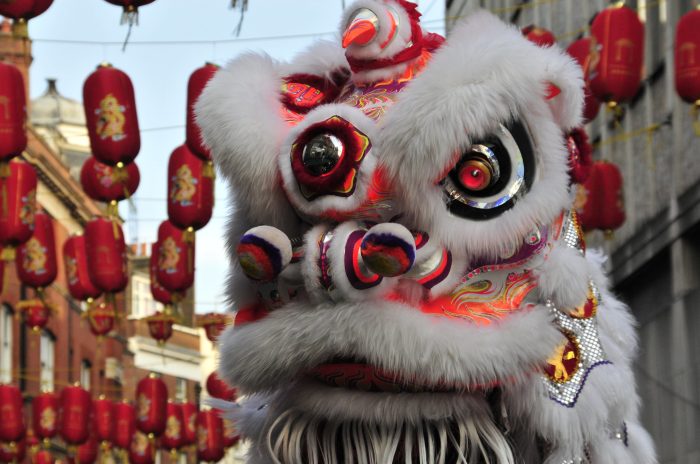
3. Make Tangram maths puzzles
Tangram are popular Chinese maths games which involve creating different pictures from a handful of geometric shapes. Nrich have several Tangram puzzle resources available on their site, so your KS2 class can mark Chinese New Year while stretching their maths skills. To take your learning further, they also provide a guide to making your own Tangram.
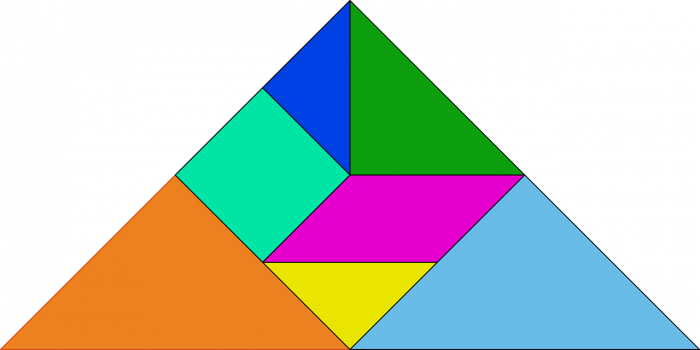
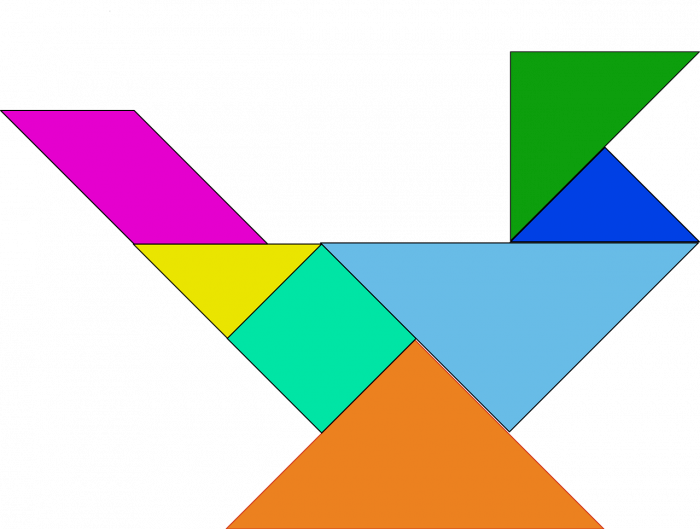
4. Create some Chinese crafts
Every new year in China is represented by one of the 12 zodiac animals. 2023 is the Year of the Rabbit, so why not celebrate with some fun rabbit-themed craft activities from RedTedArt, such as pop-up cards, origami and more. You can also find a plethora of general Chinese New Year crafts including dragon puppets, festival lanterns and red envelopes.
What’s more, spring cleaning is an important tradition of Chinese New Year — a great way to motivate your class to tidy the classroom afterwards!
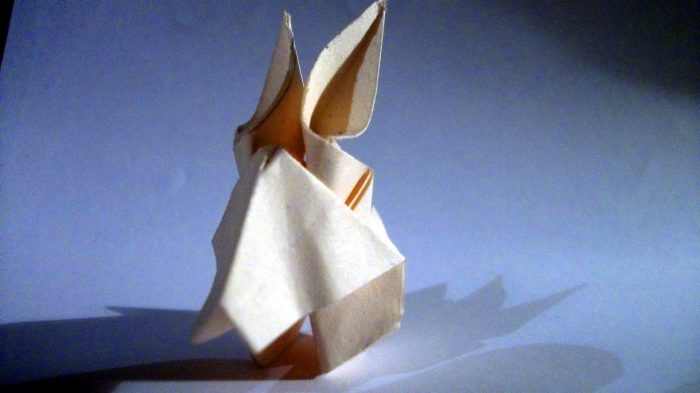
5. Record a documentary or podcast
For some inspiring independent or group work, ask your pupils to create a documentary film or podcast all about Chinese New Year. The School Run has an excellent page full of facts about the festival, which they can use as part of their research.
Children can easily record themselves using a class iPad or tablet. If your school has now>press>play, you could even use your pink headphones to play the documentary back as a fun way for your class to teach others in your school about the festival.
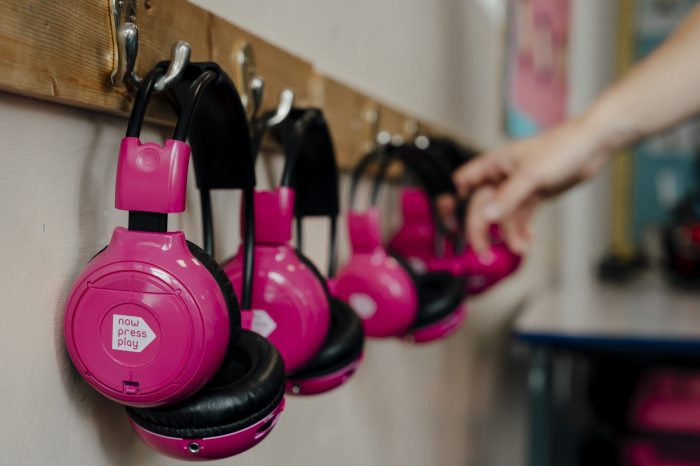
6. Learn some Mandarin
Some of the earliest known writing dates back to China’s Shang Dynasty — so it’s only right to get your children writing this Chinese New Year. This fantastic video from BBC Teach shows how the Chinese picture-style writing system works. Tes also offer a useful resource demonstrating the Chinese alphabet characters, which you could use to help your class learn how to write their names.
As well as this, you can teach your children how to speak some basic Mandarin with this free story from BBC Bitesize, all about the origin and significance of the Chinese zodiac animals.
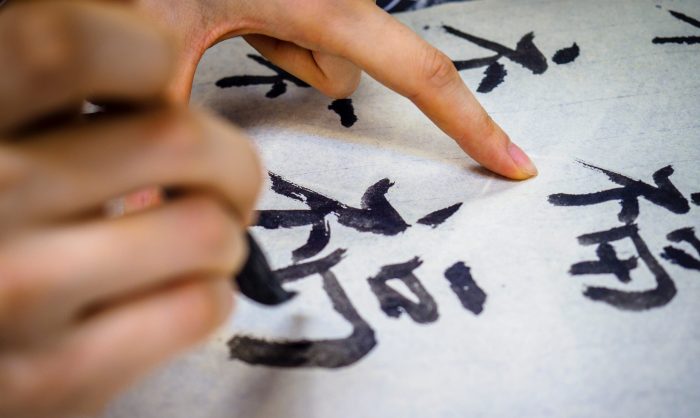
The Shang Dynasty Experience is just one of over 100 immersive, audio-based learning Experiences available through now>press>play. Explore our Experience Calendar to learn more about how we can support your curriculum delivery and celebrate key dates this Spring Term.
